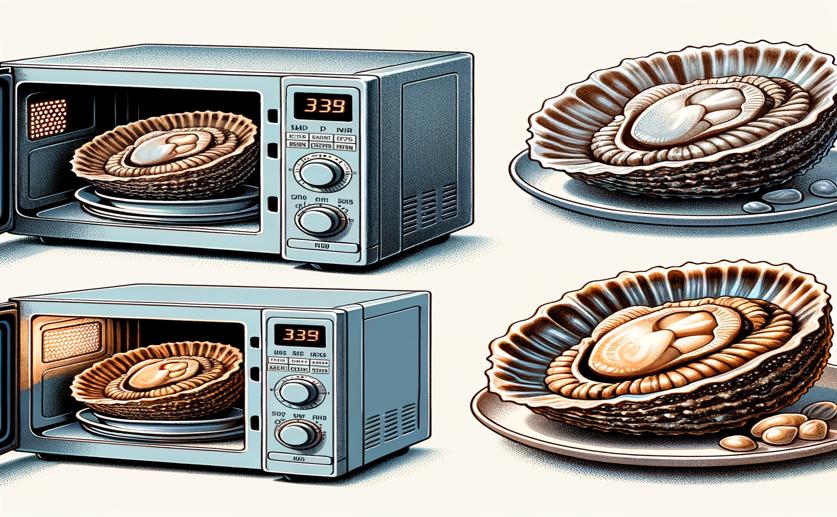
Microwave Drying of Pre-treated Abalone Slices: Efficiency and Protein Quality
Jenn Hoskins
6th May, 2024

Image Source: Natural Science News, 2024
Key Findings
- Study in Chile shows PEF+VMD method speeds up drying of abalone, preserving quality
- PEF+VMD reduces energy use by up to 33% compared to traditional drying
- Treated abalone retains better texture and rehydrates well, indicating higher quality
NutritionSustainabilityMarine Biology
References
Main Study
1) Vacuum microwave drying of PEF-pretreated Chilean abalone (Concholepas Concholepas) slices: drying features, sustainability parameters, and protein quality properties
Published 5th May, 2024
https://doi.org/10.1186/s43014-023-00202-8
Related Studies
2) Application of pulsed electric fields in meat and fish processing industries: An overview.
3) Effect of an active packaging with citrus extract on lipid oxidation and sensory quality of cooked turkey meat.
4) Effects of microwave vacuum drying and conventional drying methods on the physicochemical and microstructural properties of squid shreds.



 23rd March, 2024 | Jenn Hoskins
23rd March, 2024 | Jenn Hoskins